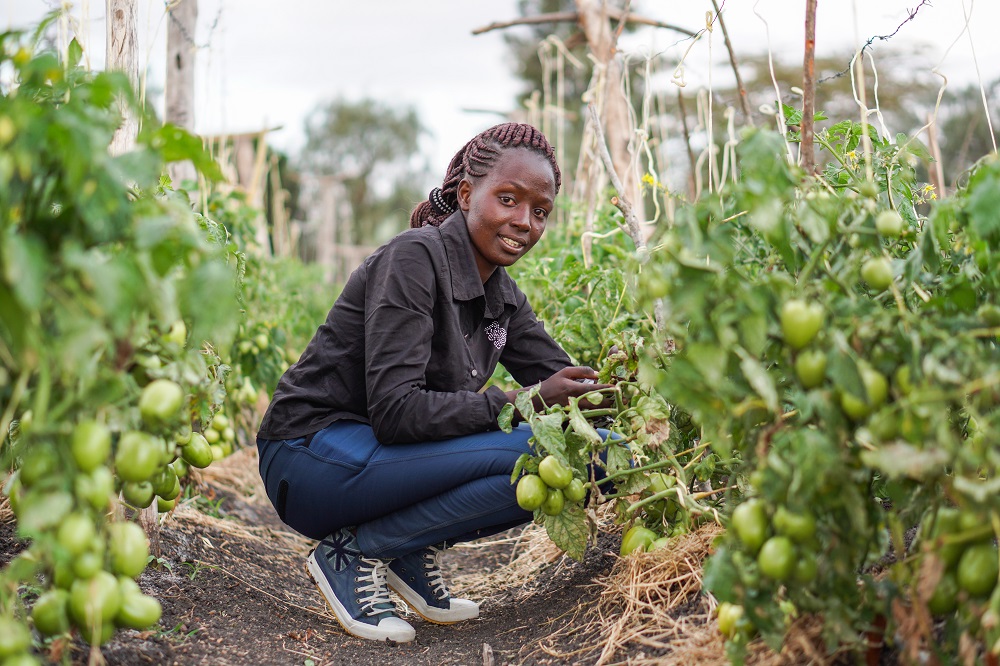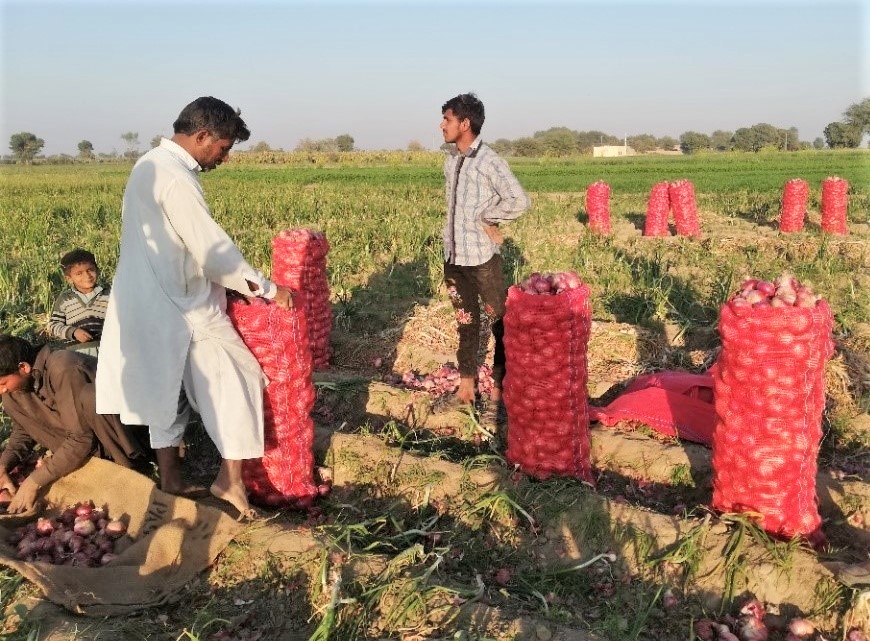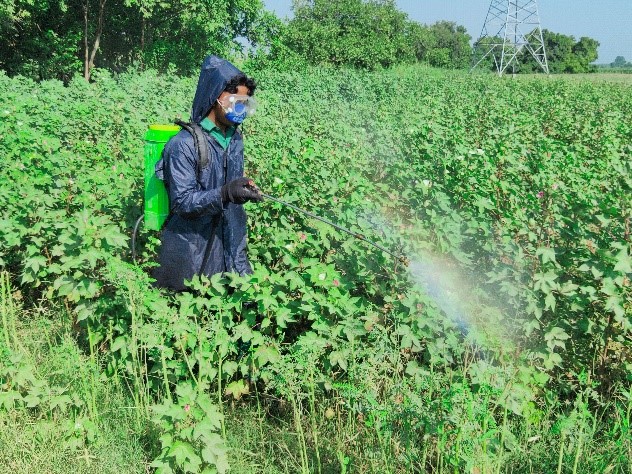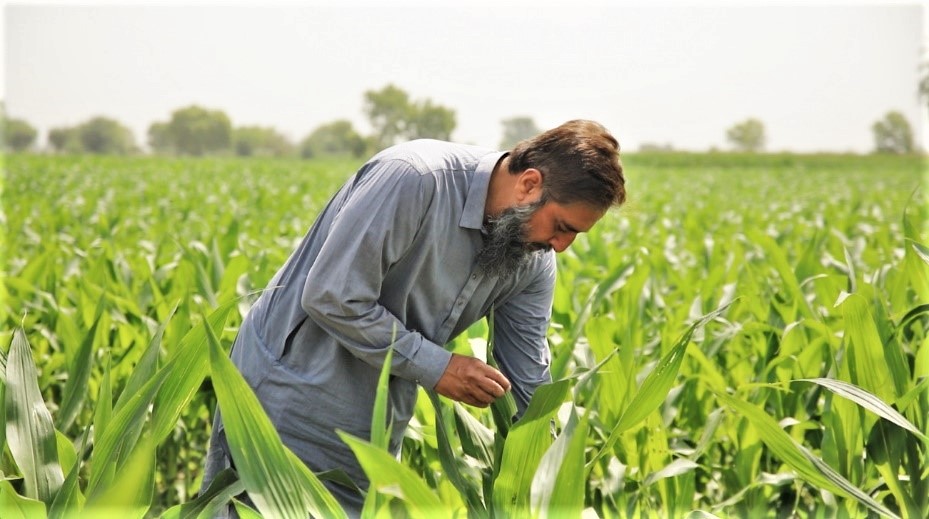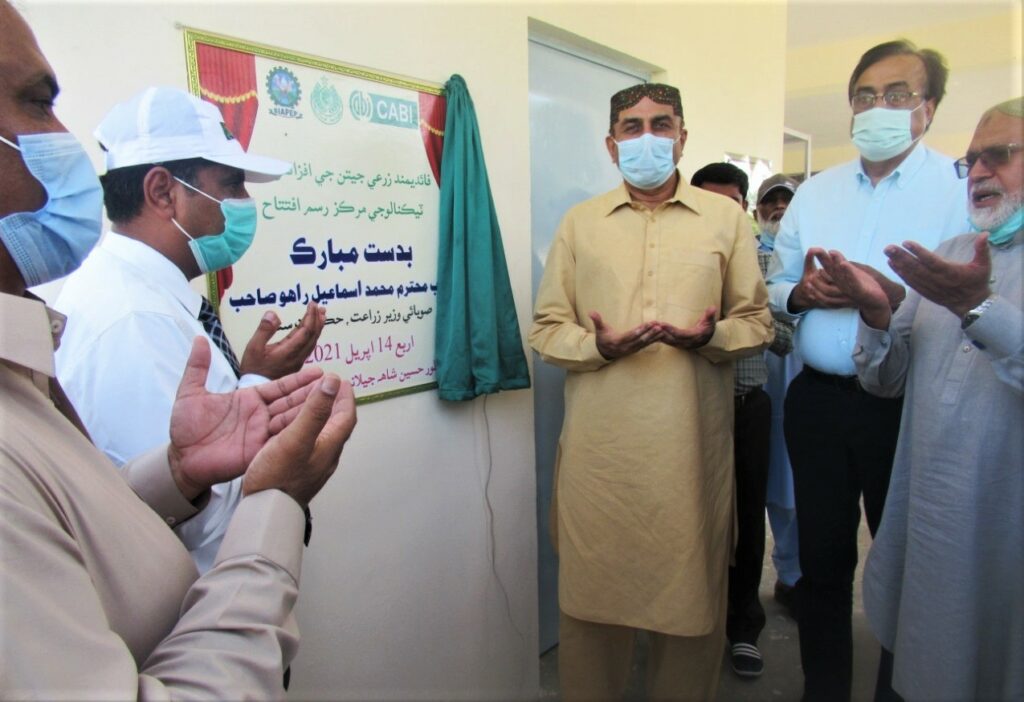CABI Blog
You are here: CABI Blog
CABI’s Guide to Literature Searching
September 16, 2021
Debbie Chessell
No Comments
In this blog, we explain our 3 step process to creating a powerful, repeatable literature search so that you can focus on the content that matters, and make balanced decisions from the evidence you find.
New podcast series highlights CABI’s work on tackling invasives
September 14, 2021
Toby Evans
No Comments
The first of a new four-part CABI Podcast mini-series, which interviews CABI experts on the threats posed by four different invasive species, has been released. The first episode, on desert locusts, will be followed on a weekly basis by episodes on fall armyworm, Himalayan balsam, and toadflax.
Stakeholders say Global Burden of Crop Loss would help direct future agricultural policy and practice
August 26, 2021
Wayne Coles
No Comments
Key stakeholders of the Global Burden of Crop Loss (GBCL) have said that the initiative would help direct future agricultural policy and practice, as it looks to bridge the gaps in data on crop losses that impact upon global food security. According to estimates compiled by the Food and Agriculture Organization (FAO), we need to…
Enabling the disadvantaged: ACIAR vegetable value chain project helps small onion farmers in Tando Allahyar, Sindh, earn higher profits
August 19, 2021
Azeem Haider Naqvi, Habat Ullah Asad, Muhammad Asif
No Comments
Onion is one of the major vegetable crops in Pakistan and most of its producers are smallholder farmers. Due to smaller land holding, traditional farming practices and prevailing marketing system, they are unable to received better price for their produce and cannot uplift their living standards. The current marketing system prefers volume over the quality…
BCI farmer shares benefits of safer and more sustainable biological controls to manage pests in cotton crop
August 18, 2021
Luqman Dahri, Noor Nabi Bhutto, Umair Asghar
1 comment
What does sustainability mean? In the context of agriculture, sustainability refers to the successful management of agricultural resources to satisfy human needs while at the same time maintaining or enhancing the quality of the environment and conserving natural resources for future generations.
Stakeholders hail positive impact of FDOV project on Ghanaian vegetable exports to EU market
August 17, 2021
Solomon Duah
No Comments
Stakeholders in the implementation of a project to deal with interceptions of vegetable produce from Ghana to the EU market because of harmful organisms have hailed the positive impact of the project on exports.
Digital climate advisory services – an investment case for equity
August 5, 2021
Jonathan Casey
No Comments
The need for climate adaptation Smallholder farmers are facing increasing impacts from droughts, floods, heatwaves and wildfires, as well as crop pests and diseases, being driven by climate change. And these issues are only projected to get worse as our world warms over the coming years. Smallholders are the backbone of our global food supply.…
Aflatoxin control in Pakistan through the eyes of a maize grower from Punjab
July 27, 2021
Babar Bajwa, Sabyan Faris Honey
1 comment
Mian Muhammad Irfan is a maize grower from district Faisalabad in Punjab province. Here Rafhan Maize Products Co. Ltd procures thousands of tons of maize crop each year for processing. He is one of the thousands of maize crop farmers contracted with Rafhan Maize. Mr Irfan grows around one hundred acres of maize annually. Over…
Piloting worker voice technology in Pakistan
July 26, 2021
Wayne Coles
No Comments
Engaging people working in agriculture to get a clear, comprehensive understanding of the challenges they face in their work, especially on labour issues, is key to being able to provide effective solutions. In rural, dispersed farming areas, however, this can be a difficult task using traditional outreach methods. The Covid-19 pandemic has made this engagement…
Agricultural Minister endorses establishment of innovative biological control at farms in Sindh province of Pakistan
July 21, 2021
Ashfaque ali Dhaunroo
1 comment
The Agricultural Minister for Sindh province in Pakistan, Mr Muhammad Ismail Rahoo, has officially endorsed a Memorandum of Understanding (MoU) which will see the establishment of Natural Enemy Field Reservoirs (NEFRs) to fight pests of fruits, vegetables and other economic crops – including cotton and rice.
Subscribe to blog
DISCLAIMER
Views expressed in contributions do not necessarily reflect official CABI positions.
Archives
Categories
- Agriculture and International Development
- Veterinary and Animal Sciences
- Climate change and biodiversity
- Publishing
- Value chains and trade
- Crop health
- Environmental Sciences
- Human Sciences
- Tourism, Hospitality and Leisure
- Food and nutrition security
- Plant Sciences
- Gender and youth
- Digital development
- Development communication and extension
- Economic development
- Invasive species
- CABI Bioservices
- One Health



